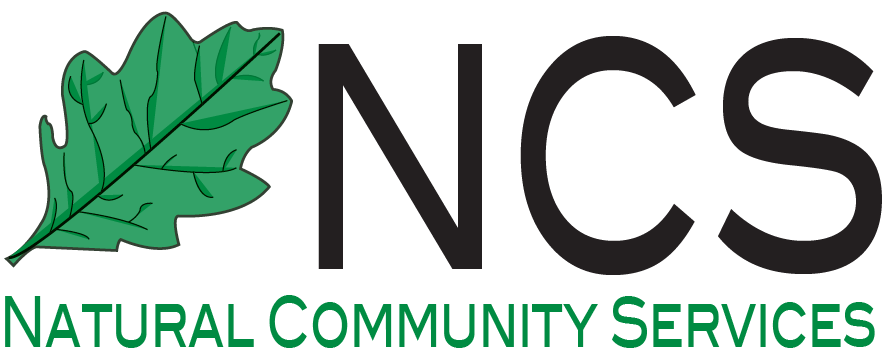Native plants form the foundation of healthy ecosystems. They are not just decorative elements; they are integral to the intricate web of life that sustains all animals—whether large mammals, birds, insects, or microorganisms. Every native species plays a role in providing food, shelter, and ecological balance.
However, the plants we choose for our landscapes with the intention of attracting wildlife often fall short of expectations. This happens because attracting wildlife and supporting wildlife are fundamentally different goals. Attracting wildlife assumes that the animals already inhabit the area and simply need a reason to visit—such as a food source or visual cue. Supporting wildlife, on the other hand, requires creating a true habitat where these species can thrive year-round. This means offering not only food but also cover, nesting sites, and the right conditions for survival.
In short, planting for attraction is temporary and superficial, while planting for support is about building a resilient ecosystem that nurtures life at every level. Start with the birds and the bees, and build up your food web from there: check out pollinator resources from Wildtype: Wildtype Butterfly list.revised.xlsx
